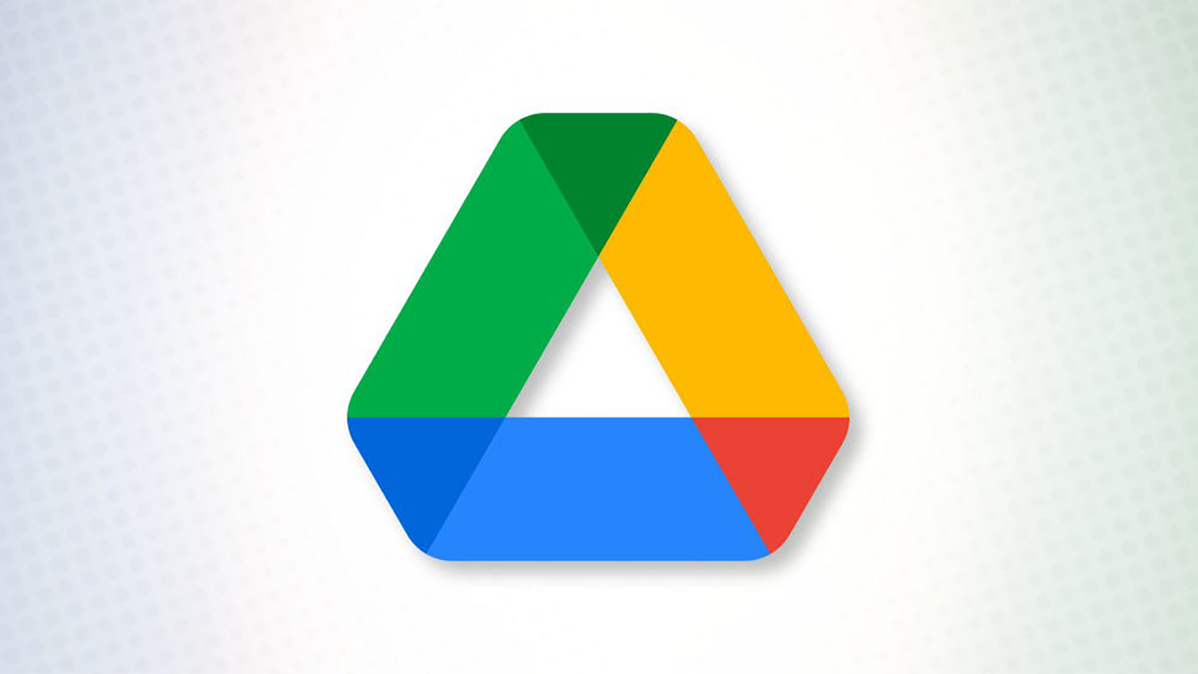
If you and your team or coworkers use a shared Google Drive, you may want quick and easy access to it. In just a few minutes, you can add this shared drive to File Explorer on Windows.
This is a convenient option because it eliminates the need to open your browser, sign in to Google Drive, and navigate to the item in the shared drive that you need. Just pop open File Explorer and go.
Note: As of May 2022, shared drives are available to Google Workspace accounts including Business Standard and Plus, Enterprise, Education Fundamentals, Teaching & Learning Upgrade, Standard, and Plus, Nonprofits, and G Suite Business; Essentials.
Download and Install Google Drive for Desktop
The first step in accessing your shared drive on Windows is to download the application. Visit the Google Drive for Desktop site and click “Download Drive for Desktop” which should automatically detect your platform.
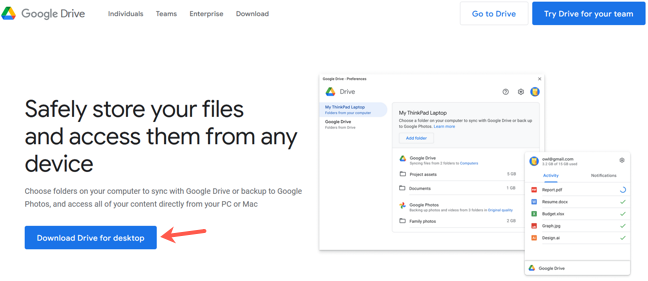
Access your downloads via the folder or toolbar for the browser you’re using and open the GoogleDriveSetup.exe file.

When prompted, click “Yes” to allow Windows to run the installer for Google Drive on your computer.
You’ll then be asked if you want to add an application shortcut to your desktop or shortcuts for Google Docs, Sheets, and Slides. Check the boxes per your preference and click “Install.”
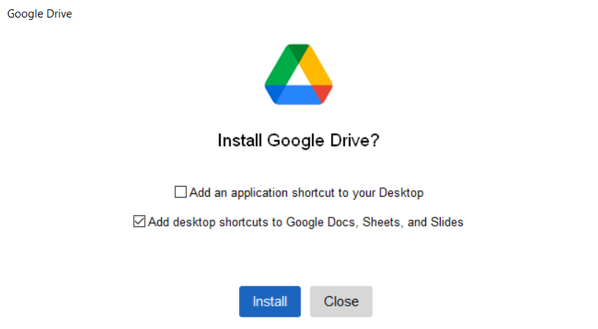
When the process finishes, you’ll see a prompt to sign in. This is necessary to connect your Google account to the application. Click “Sign in With Browser.”
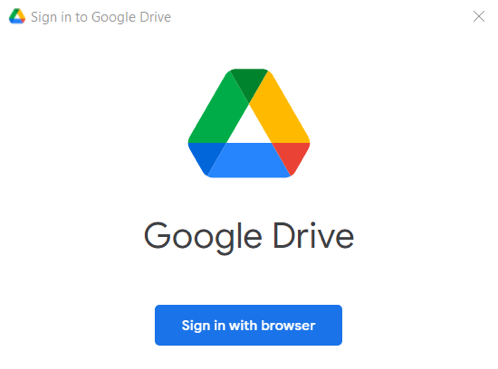
Select and sign in to the Google account you want to use or add another account if you don’t see the correct one in the list.
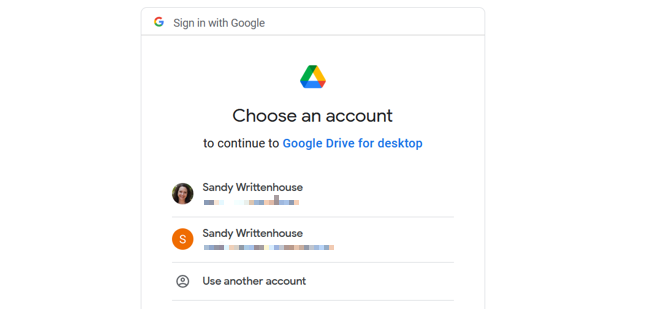
Next, you’ll receive a message with three statements that you should confirm for your safety. When you’re ready, click “Sign in.”
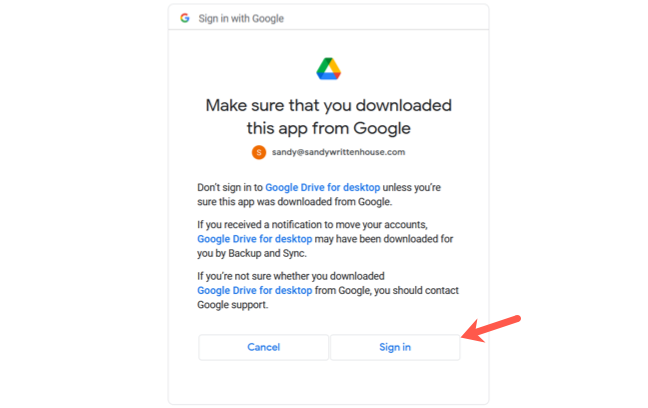
Upon successfully logging into your account, you’ll see a message of such in your browser. You can then close that browser tab or window.
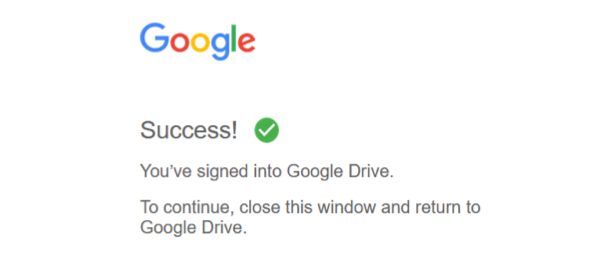
You’ll also see a pop-up confirmation message from the Google Drive application. Click “Close” to acknowledge and continue.
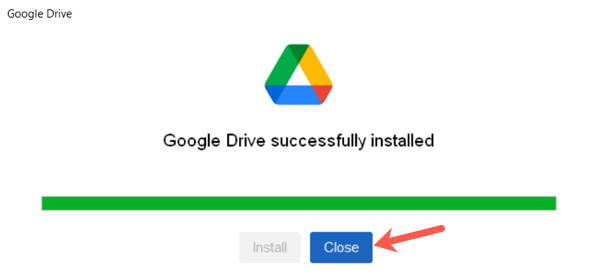
Additionally, you may notice a smaller alert that Google Drive is loading your files. If so, you can click “OK” to acknowledge and close the notification.

Open Google Drive in File Explorer
You can then open File Explorer on Windows as you normally would. You’ll see Google Drive listed on the left below This PC by default. You can expand Google Drive to display My Drive and Shared Drives. Select “Shared Drives” to view your items.
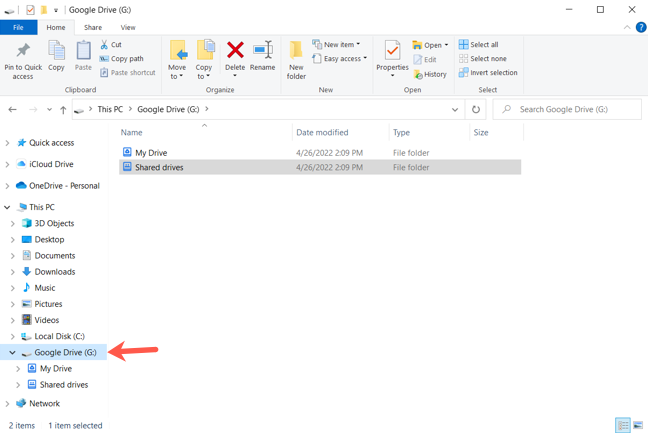
If you opted to place the Google Drive icon on your desktop, you can double-click it as an alternative. This will open File Explorer with Google Drive selected for you.
Adjust Your Google Drive Preferences
Once you install Google Drive for desktop, you can make adjustments to the preferences if you like. This includes changing the drive, mirroring files versus streaming, launching on system startup, adding another Google account, and more.
Open your System Tray and select the Google Drive icon. Click the gear icon and pick “Preferences.”
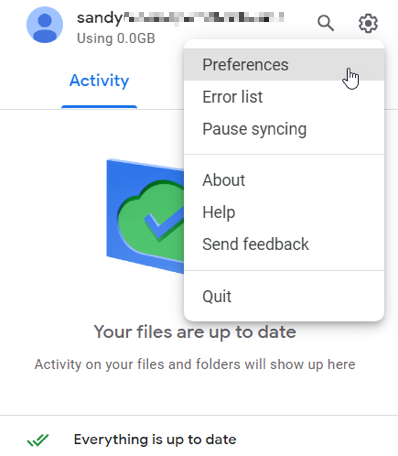
Choose “Google Drive” on the left to see the first set of settings. For more, click the gear icon on the top right.
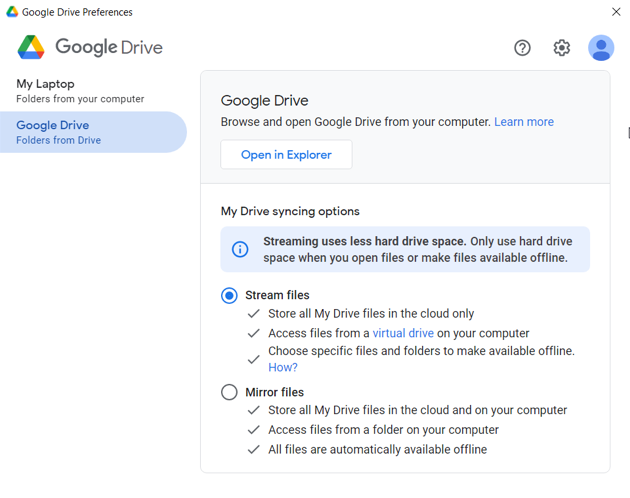
Make the changes you want and click “Done.”
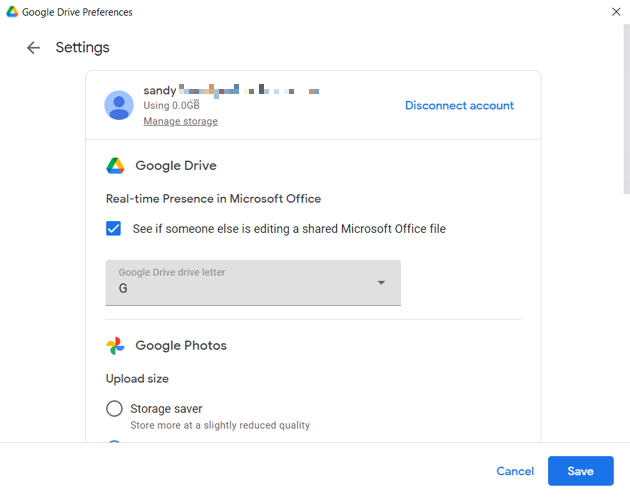
Allow Offline Access to Shared Drive Files
If you have particular files in your shared Google Drive that you want available for offline access, it takes just a couple of clicks.
Open Google Drive in File Explorer and select “Shared Drives” to view your items. Right-click an item, move your cursor to Offline Access, and pick “Available Offline” in the pop-out menu to put a checkmark next to it.
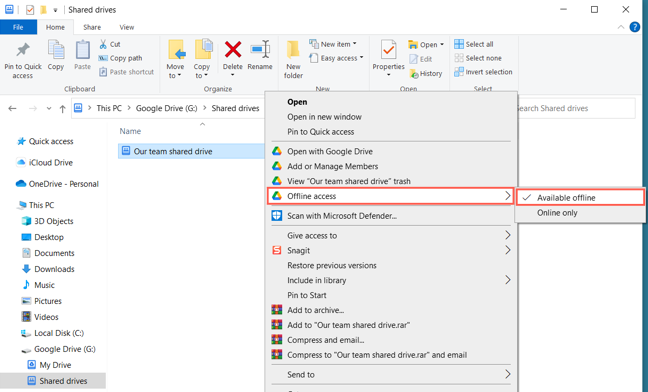
Having Google Drive right on your desktop is handy for those who use it regularly. So, being able to see that drive in File Explorer makes it even better.
